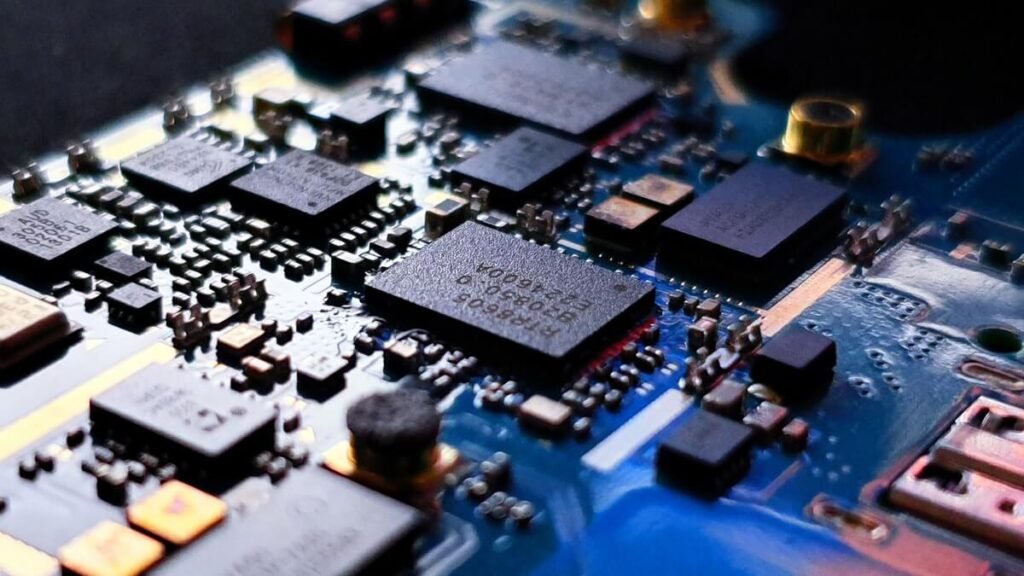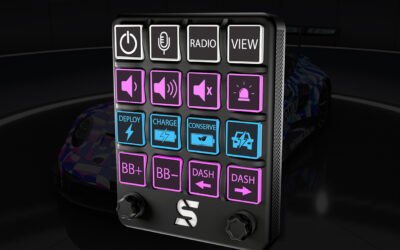
Understanding High-Speed Electronics Design
Introduction to High-Speed Electronics
High-speed electronics design is a critical component in the development of advanced and innovative products. It involves creating circuits and systems that operate at high frequencies, enabling faster data processing and transmission. For startups and companies looking to develop their own products, understanding the basics of high-speed electronics is crucial.
Importance of High-Speed Electronics in Product Development
In today’s fast-paced technological landscape, high-speed electronics are at the heart of most innovations. They are pivotal in ensuring the efficiency, reliability, and performance of a wide range of products, from smartphones to medical devices. For companies and individuals with a proof of concept, transforming ideas into tangible, manufacturable circuit boards is a significant step in product development.
Key Considerations in High-Speed Electronics Design
Selection of Components
Choosing the right components is the foundation of successful electronics design. It’s essential to consider the specifications, compatibility, and availability of components. The selection impacts the functionality, cost, and scalability of the product, making it a crucial step for startups and companies.
Signal Integrity
Maintaining signal integrity is vital in high-speed electronics design. It involves ensuring that the signals transmitted over the conductors do not degrade. This is crucial for the accurate and reliable operation of the electronic system, preventing data corruption and loss.
Power Integrity
Power integrity is another critical consideration. It refers to the management of power within an electronic system, ensuring that all components receive stable and clean power. Proper power management is essential to avoid fluctuations and disturbances that can affect the performance and reliability of the product.
Thermal Management
High-speed electronics generate heat, and managing this heat is essential to prevent overheating and potential failure of the electronic system. Effective thermal management solutions, such as heat sinks and cooling fans, are crucial to maintain the optimal operating temperature and enhance the longevity of the product.
PCB Layout and Design
The layout of the printed circuit board (PCB) is a pivotal aspect of high-speed electronics design. It involves placing components strategically to minimize signal interference and optimize performance. A well-designed PCB is crucial for achieving the desired functionality and reliability of the product.
Technical Challenges in High-Speed Electronics Design
Managing Electromagnetic Interference (EMI)
One of the significant challenges in high-speed electronics design is managing EMI. It can cause disruptions and degrade the performance of the electronic system. Implementing shielding techniques and proper grounding are essential to mitigate EMI and ensure the smooth operation of the product.
Addressing Signal Loss
Signal loss is a common issue in high-speed electronics, occurring due to the resistance, capacitance, and inductance of the conductors. Addressing this issue is crucial to maintain the integrity of the signals and ensure the accurate transmission of data.
Ensuring Reliability and Durability
Reliability and durability are paramount in high-speed electronics design. It’s essential to conduct thorough testing and quality assurance to identify and rectify any potential issues. Ensuring the robustness of the design is crucial for the longevity and success of the product.
The Role of High-Speed Electronics in Startups and Outsourcing
Benefits for Startups
For startups, high-speed electronics design offers numerous benefits. It enables the development of innovative products that can meet the demands of the modern consumer. It also provides a competitive edge in the market, allowing startups to stand out and succeed in the technological landscape.
Why Companies Outsource High-Speed Electronics Design
Many companies choose to outsource high-speed electronics design to leverage the expertise and resources of specialized design partners. Outsourcing allows companies to focus on their core competencies while ensuring the development of high-quality, reliable products. It also offers cost-effective solutions and reduces the time to market, providing a strategic advantage.
Choosing the Right Design Partner
Selecting the right design partner is crucial when outsourcing high-speed electronics design. It’s essential to consider the partner’s experience, capabilities, and reputation. A reliable partner can provide valuable insights, support, and solutions to navigate the complexities of high-speed electronics design and achieve successful product development.
Conclusion: Navigating High-Speed Electronics Design
Recapitulation of Key Considerations and Challenges
High-speed electronics design is a multifaceted domain that involves various considerations and challenges. From component selection to managing EMI, addressing these aspects is crucial for developing reliable and high-performing products. For startups and companies looking to bring their ideas to life, understanding and navigating these complexities is essential.
Final Thoughts on High-Speed Electronics Design for Product Development
In conclusion, high-speed electronics design is pivotal for innovation and product development. It offers immense possibilities for startups and established companies to create groundbreaking products. By understanding the key considerations, addressing the technical challenges, and choosing the right design partner, companies can successfully navigate the world of high-speed electronics design and realize their vision.
This article is a concise guide, providing insights into the intricacies of high-speed electronics design. It aims to assist startups, companies, and individuals in understanding the importance, considerations, and challenges involved in transforming a concept into a manufacturable and marketable product. By delving into the world of high-speed electronics, one can explore endless possibilities and create products that shape the future.





0 Comments